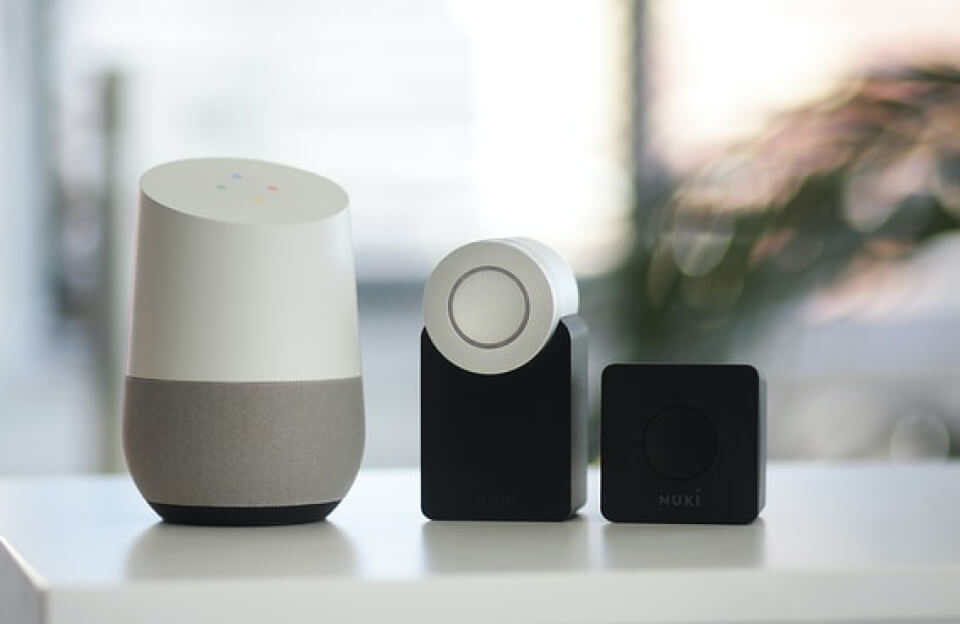Surveys should ultimately be used to improve something. Before a survey even starts, the researcher, or people guiding the researcher might have a prediction that they wish to prove or disprove. Or, they might have a problem that they need data on. Upon completion of the survey, the data should be collated into a spreadsheet or database where it can be backed up, kept safe from error and interrogated when needed..
Once the data is in software or a system that makes viewing and comparing it easy, now is the time to dig in. The best way to think about this next step is to use some simple examples. Let’s imagine you own a breakfast cereal company looking to increase sales so you survey 5000 randomly selected people. You asked them questions such as “Do you eat breakfast cereal?” and “If not, why not?”, also, “What you like most/dislike most about breakfast cereals”. Alongside these questions you also gather information about their age, gender and how many people they live with.
Using the correct type of software you would then be able to dive into the data to find market segments that aren’t buying cereal, and also find ways to change their view and hopefully buy yours. You might, for instance, find that 30 to 40 year old males aren’t buying cereal because it’s too unhealthy. Therefore, a way to capture more of that demographic might be to make a healthier off-shoot of your current brands. You might also find that people over 60 feel that cereal isn’t really attractive for them as they see it as a younger persons’ food. With that information you might investigate possible new marketing techniques to make cereal more attractive to the older customer.
Recently new data analysing techniques have become easily available that use Artificial Intelligence to spot patterns and trends that might not be obvious to the human eye. There are a number of clear advantages AI analysis has over a team of human engineers going over the data. An overarching difference to AI analysis is that the researcher doesn’t actually need to tell the AI what to look for. You can set some parameters and the AI will interrogate the data looking for patterns of interest. When a human looks over data they usually have to have some idea of the kind of correlation they are searching for. They will compare a couple of tables or plot a graph or chart with a few types of data. An AI given the same data will just search for correlation and output it. Other advantages an AI has include the pure scope of the data it can look and the speed at which it can work. Powerful computers can quickly examine huge amounts of data, at great speed and they need no time to rest. Finally, unlike humans, an Artificial Intelligence analysis consistency will not waver with mood, the passing of time or any bias that the human examining the data might hold.



